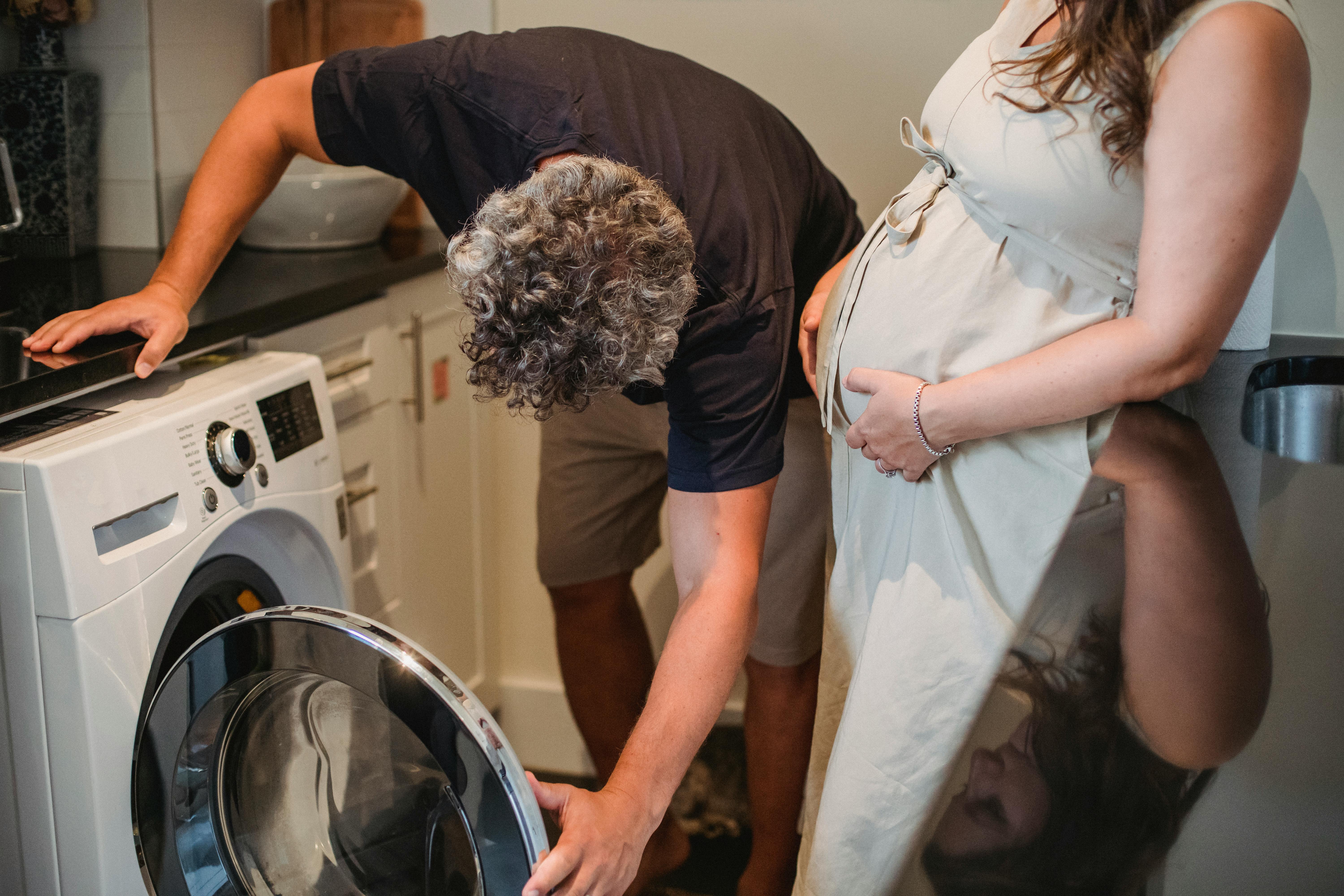Eleuthera, Bahamas – Not for everyone!
When I first heard the slogan on the lovely island of Eleuthera in the Bahamas, “It’s not for everyone,” I laughed a lot, but once you experience it and start thinking about it, there is a lot of truth in those words. Eleuthera is a beautiful and special place, but it is definitely not for everyone. If you are looking for casinos, nightlife and lots of activities, you will probably be disappointed. If you are looking for a vacation that cleanses the mind and soul, where your body is in tune with the rising and setting of the sun, and where peace, solitude and private beaches are your best memory, then maybe Eleuthera is for you. for you!
Private beaches.
In Eleuthera, your vacation begins with the beaches. With two 100-mile long coastlines stretching north to south and touching both the Caribbean Sea and the Atlantic Ocean, you would expect to have some spectacular beaches. The beaches are not only indescribably beautiful, they are generally deserted. I am often asked by travelers how crowded the beaches are, and the easiest answer I can give is that if you find only one set of footprints in the sand, only one, you can probably find a beach that has been less frequented. Often you will have an entire beach to yourself, and I mean the entire beach. It may be like this all day without seeing a single soul. If that level of privacy is in your plans, then you will love Eleuthera!
The Atlantic or the Caribbean?
Since the island is only two miles wide, it is very easy to move from the Atlantic to the Caribbean whenever you want. Often guests want to know which one is better so that they can choose a villa from one side or the other, and there is no right answer. They are both great and slightly different.
The Caribbean side.
The Caribbean offers shallow waters, no more than four and a half meters, and is free from contamination by cruise ships. There are fewer beaches that tend to be picturesque crescents that require you to move a little way from shore before even reaching your waist. The water tends to be calmer, slightly cooler, and is a light aquamarine color that almost glows brightly with the brilliance of the white sand below.
The Atlantic side.
The Atlantic is deep blue, has more wave action, and generally offers more ambient ocean sound for those who love to hear the song of the ocean. The beaches are wider and longer, and there are more. You will be able to get into deeper water much faster, but instead of trying to choose which body of water you prefer, try making the choice this way. If you want sunsets, choose the Caribbean. If you want sunrises choose the Atlantic. You can always drive just two miles and go to a different beach if you want to play in the water on the other side of the island.
Oceans colliding in the south.
Lighthouse Beach, on the southeastern tip of the island, is one of the places where you can see two oceans collide. The beaches are shaped like a “V” that is separated by tall, climbable limestone cliffs that offer stunning views from above. There is a gap between two rock formations and there you can see where east meets west, and where the direction of the wind and tide work opposite each other until they apparently merge into a spray of dew. It’s quite a special day trip, and it requires a four-wheel drive vehicle and a fair amount of patience to go the long and not-so-easy walk to the beach, but once the trip is over, we will probably enjoy the two most impressive beaches on the island. It is possible to swim through that channel and feel the power of the meeting of the oceans. There are also a couple of smaller cave beaches on the Atlantic side that are fun to explore, where the beautiful pink sand is even colder than normal.
When preparing for your trip to Eleuthera, remember that the island moves at a very different pace than you are probably used to. It takes longer to be served. There are going to be fewer people around, and the cities are reasonably far from each other with little to do. Relax and let yourself go !! You will be able to choose between beautiful beaches of soft pink sand bathed with love by turquoise blue water combined with colorful fish suitable for an aquarium. As you sit in the strong sun and soak up the warmth of another perfect day in paradise, you will begin to understand why so many people choose this tropical oasis as their perfect respite from society. While it’s not for everyone, it will only take an hour from the Florida coast to find out if Eleuthera is right for you.









